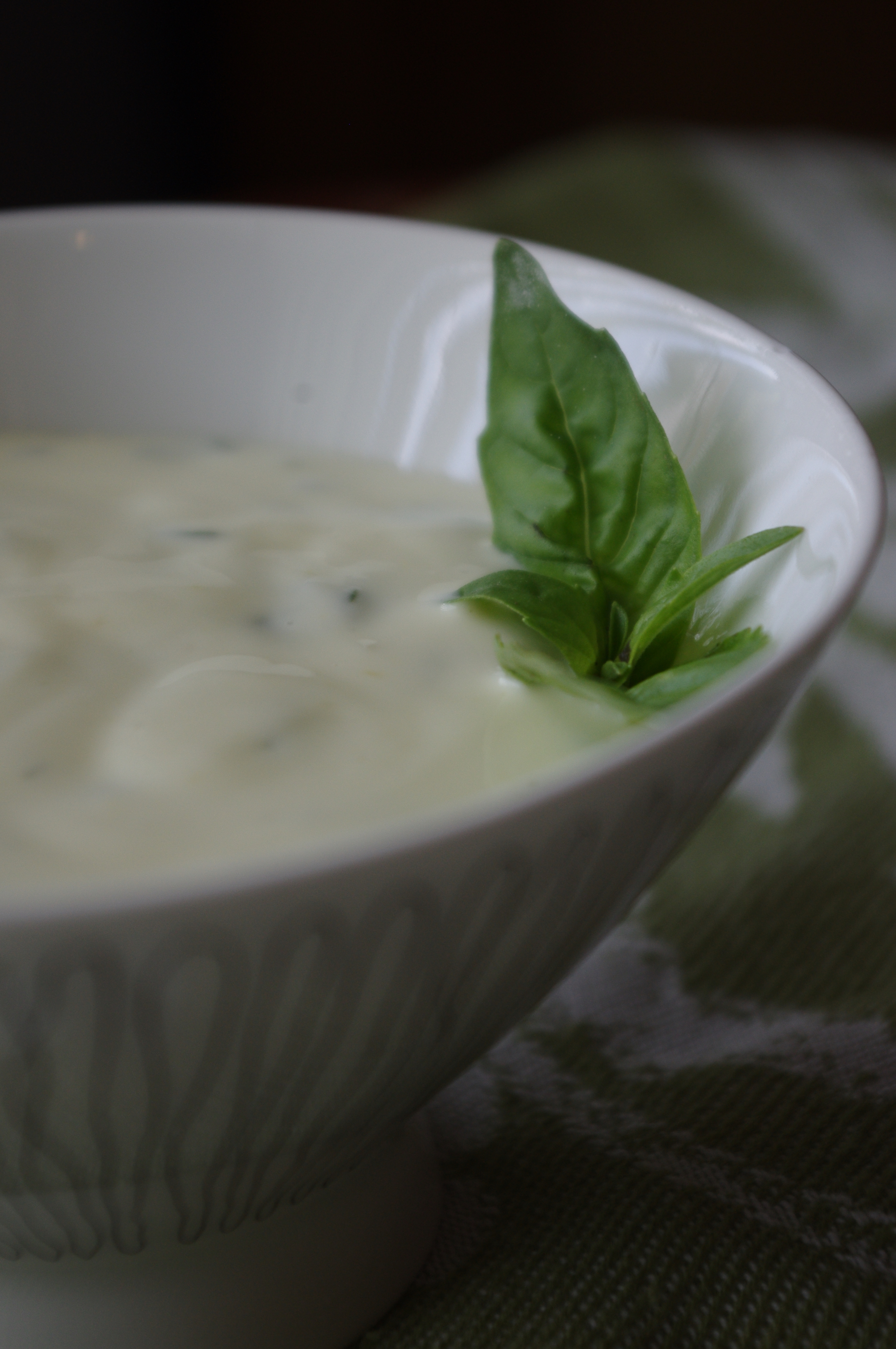| Photo courtesy of CSA member Oriel Wiggins |
If you have never made your own spaghetti sauce, you are in for a sweet surprise. This is so easy and amazingly delicious. Also, if you are looking for a recipe for canning a case of beefsteak tomatoes, this is perfect. Marinara is a simple tomato sauce used in Italian cooking. Roma tomatoes are traditionally used because they have a stronger flavor and less water, but any good tomato will do. The most time-consuming part is removing the skins from the tomatoes. If you leave the skins on, however, the flavor is great and the skins add more nutrients, texture and color. So if you have less time to process the tomatoes, don't worry about doing that step. Make sure you do have time to let the sauce simmer for a while, however. The key to a good marinara is to cook it low and slow. With low-temperature cooking for a long period of time, the water and acids in the tomatoes reduce, while the rich flavor and natural sweetness intensifies.
Ingredients:
10-12 large beefsteak tomatoes (or whatever you have on hand) -about 6-10 lbs of tomatoes.
Sweet or hot roasted red peppers (optional)
6 cloves of garlic, minced
1 medium onion, diced
1 cup dry red wine
3 bay leaves
Sea salt
Pepper
2-4 Tbs olive oil
Fresh basil, chopped
Method:
If you want to remove the skins of the tomatoes, cut an X into the bottom of the tomatoes. Place a few at a time in a pot of boiling water for about 30 seconds, or until the skins begin to crack. Remove from the boiling water and immediately immerse in a bowl of ice water until cold. The skins should slip away easily. Remove the stems and quarter or chop the tomatoes. If you are using red peppers and would like to remove the skins, click here for detailed instructions on how to remove them easily.
Place diced onion, minced garlic and the olive oil in a large, heavy bottomed stock pot. Saute on medium heat until they begin to soften, but be careful not to scorch the garlic. Add the chopped tomatoes, peppers (if desired), wine, bay leaves, 2 tbs chopped fresh basil, and 1 tsp of sea salt and pepper. Reduce heat to low and simmer with a lid for several hours. Stir occasionally. After one hour, if there is a lot of liquid, you can tip the lid to vent some of the steam and allow the moisture to reduce. If you have any roasted red peppers and tomatoes in the freezer, you can puree them in a blender and add them to the sauce to thicken the consistency a little. This also adds richness to the flavor. The time it takes to cook a homemade marinara really depends on how much time you have, and how fresh or sweet you like your sauce. Taste periodically. When it tastes perfectly done to you, add more chopped basil and remove from heat. Cover and let stand for 15 to 20 minutes. If you want a smooth, or more evenly textured sauce, you can use an immersion blender and pulse to the desired texture.
When the sauce is done, the possibilities are endless. Use as a pizza sauce, over pasta, baked spaghetti squash, eggplant, or ground meats...and those are just the basics. Marinara is a fantastic all-purpose sauce that is great for canning and freezing for quick meals.





